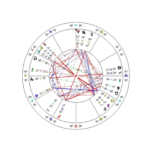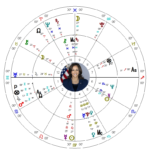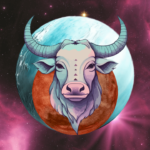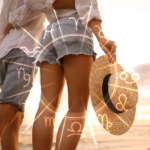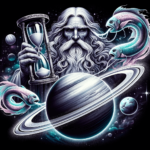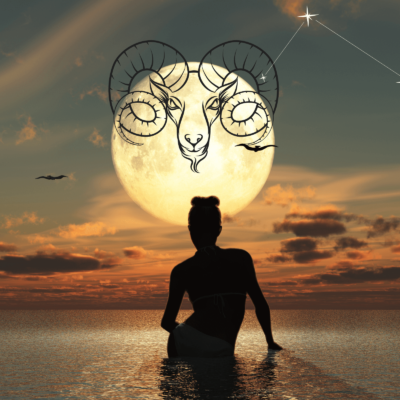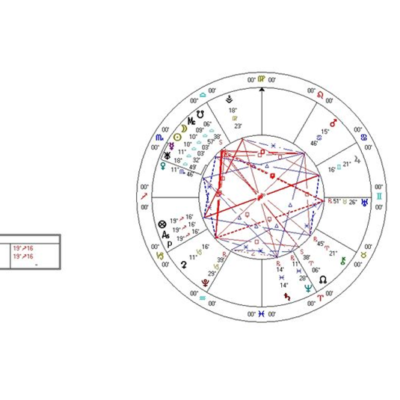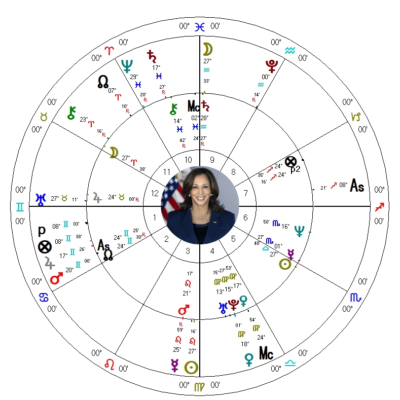Astrology, a celestial study as old as time, portrays our innermost tendencies, desires, strengths, and challenges. At its core are the elements—those primal energies that animate, drive us, and mold the fabric of who we are. Here’s a journey through the elemental foundation of astrology and how it shapes our character.
FIRE, EARTH, AIR, AND WATER: TRACING THE ELEMENTAL ROOTS
Long before we gazed upon our horoscopes over morning coffee, the ancient minds were already unraveling the mysteries of nature’s elemental forces. Let’s set the stage with a captivating voyage back in time.
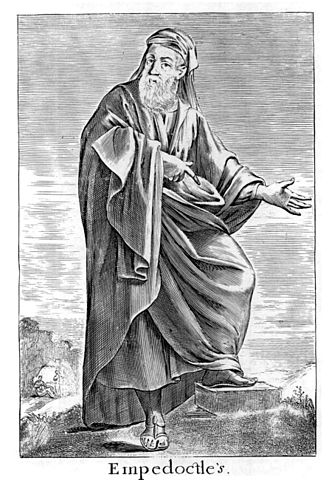
The ancient philosopher Empedocles, residing in the captivating landscapes of Greece between 494 and 434 BC, wasn’t merely a man of thought. He was a visionary who discerned the world in terms of foundational building blocks: Fire, Earth, Air, and Water. To Empedocles, these weren’t just elements; they were the eternal heartbeats of the cosmos, indestructible and boundless.
Picture the scene: a sun-baked Greek agora, bustling with intellectuals debating and exploring the natural world’s intricacies. Here, the concept of these elements wasn’t just philosophical; it was the lens through which they interpreted existence.
Fast forward, and Hippocrates, often dubbed the ‘Father of Medicine,’ embraced this elemental thinking. He ingeniously applied it in medicine, introducing the world to the four humors theory: blood, black bile, yellow bile, and phlegm. These humors or fluids were intrinsically tied to one of Empedocles’s elements, laying the groundwork for how they perceived health and disease.
Meanwhile, Theophrastus, a student of the great Aristotle, carried the elemental torch forward. Drawing inspiration from Hippocrates, he characterized human beings based on temperaments associated with each element. From passionate and fiery choleric to calm and collected phlegmatics, these ancient classifications still echo in today’s personality assessments.
The elemental legacy we cherish in astrology isn’t a mere fragment of the past. It’s a living testament to humanity’s ceaseless quest to understand and classify the world around—and within—us.
THE FOUR ELEMENTS IN ASTROLOGY: HOW ASTROLOGY EMBRACED THE ELEMENTS
As the tapestry of history unfolds, the marriage between the elements and astrology emerges as an enthralling chapter, a testament to humanity’s quest for cosmic alignment. But how exactly did these ancient elemental principles seep into the realm of stars and signs?
ANCIENT BABYLONIA: THE CRADLE OF ASTROLOGY
The earliest astrological systems took root in ancient Mesopotamia, particularly in Babylonia. While their astrology was primarily lunar-based and predictive, Babylonian astrologers laid the foundation, observing celestial movements and attributing their meanings.
GREECE: THE MELTING POT OF IDEAS
In the academies and agoras of ancient Greece, the elemental theory truly began its dance with astrology. Given the Greeks’ fascination with categorizing the natural world, it was inevitable that Empedocles’s elemental philosophy would find its way into the zodiac. As Hellenistic astrology (born from the fusion of Babylonian, Egyptian, and Greek cosmological ideas) flourished, so did the integration of the elemental framework.
PTOLEMY: BRIDGING ELEMENTS AND THE ZODIAC

Claudius Ptolemy, a towering figure in ancient astronomy and astrology, was pivotal in marrying the elements to the zodiac. His seminal work, the ‘Tetrabiblos,’ detailed the attributes of zodiac signs and associated them with the elements. For Ptolemy, it wasn’t merely about categorization; it was about understanding the inherent energies of each sign. Under his schema, the zodiac was segmented into four groups, each resonating with one of Empedocles’s elements. For instance, the Fire signs (Aries, Leo, Sagittarius) were depicted as dynamic and passionate, echoing the restless energy of flames.
MEDIEVAL AND RENAISSANCE RESURGENCE
While the dark ages saw a decline in astrological practices in the West, the elemental theory within astrology persisted, especially in Islamic Golden Age societies. As Europe transitioned into the Renaissance, there was a renewed interest in ancient texts and knowledge. Astrologers of this era, drawing from both Hellenistic and Islamic sources, reaffirmed the association between the elements and the zodiac signs, solidifying the structure we’re familiar with today.
ELEMENTS IN OTHER CULTURES
While Western Astrology classifies signs into Fire, Earth, Air, and Water, other astrological systems have their unique take. For instance, Chinese culture employs Water, Wood, Fire, and Metal as elements. Interestingly, Earth in this system isn’t a standalone element but an overarching one, encompassing the others. Indian culture introduces “ether,” connecting to realms beyond our comprehension. Also, Fire and Air are Yang or active elements, representing outward expressions. In contrast, Water and Earth are Yin or more receptive, symbolizing introspection and inner workings.
The entwining of elements and astrology is a tale of collective human curiosity spanning cultures and epochs. It underscores our timeless urge to find reflections of terrestrial principles in the vast celestial expanse. Today, when we speak of Earth signs as grounded or Air signs as communicative, we echo millennia of thought, observation, and synthesis.
FIRE, EARTH, AIR, WATER, AND THE ZODIAC SIGNS

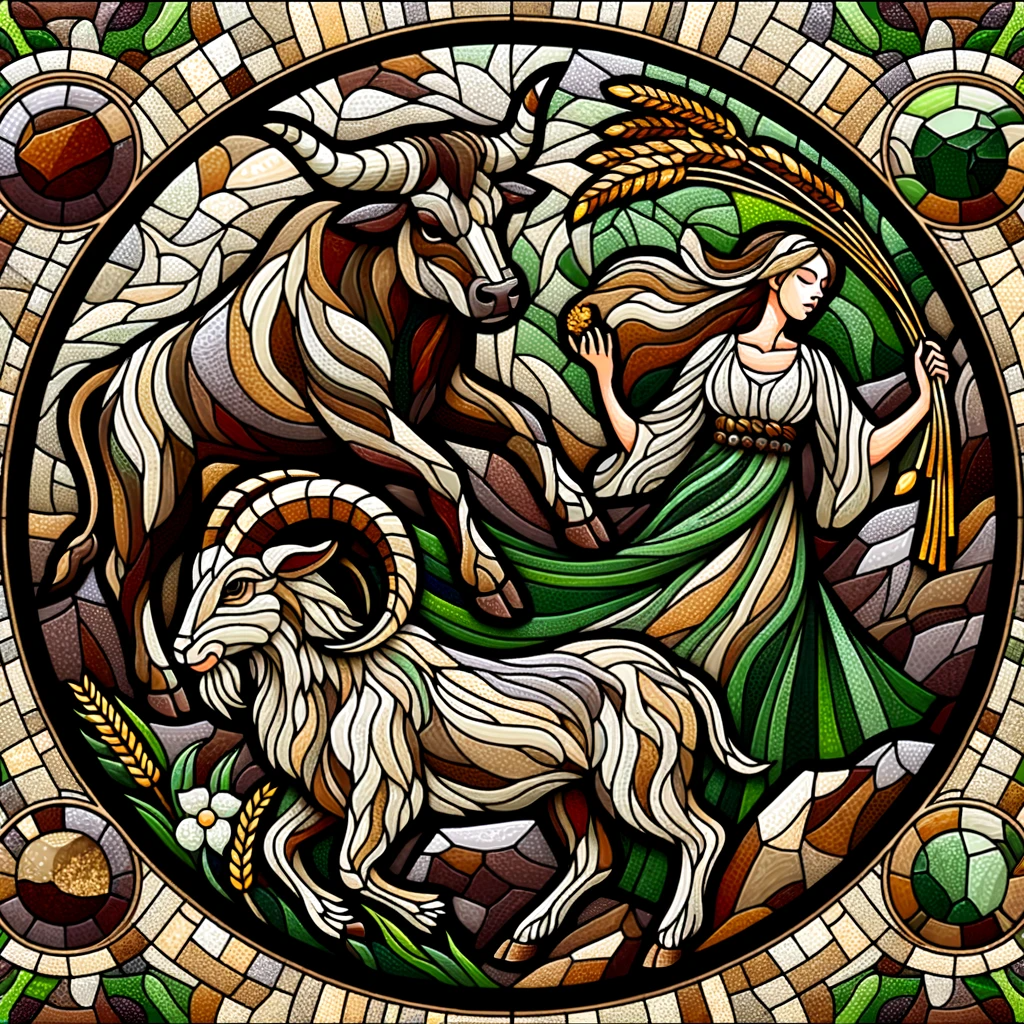

In astrology, these elemental principles manifest in the twelve zodiac signs, grouped into triads:
- The Fire Triad (Aries, Leo, Sagittarius): Energetic and radiant, those born under these signs are akin to roaring flames. Bursting with enthusiasm, they approach life with an infectious zest, ensuring every moment is lived to the fullest.
- The Earth Triad (Taurus, Virgo, Capricorn): Rooted and resilient, Earth signs are the zodiac’s pragmatic souls. They embody dependability, grounding their decisions in reality, and have a knack for turning dreams into tangible outcomes.
- The Air Triad (Gemini, Libra, Aquarius): Fluid thinkers and communicators, Air signs thrive in the realm of ideas. Their intellectual prowess and innate curiosity make them the connectors, bridging gaps and weaving intricate webs of relationships.
- The Water Triad (Cancer, Scorpio, Pisces): Intuitive and deep-feeling, Water signs are the zodiac’s emotive heart. Their profound emotional intelligence directs them towards artistic, spiritual, or therapeutic paths.
UNDERSTANDING THE FOUR ELEMENTS IN YOUR BIRTH CHART
Recognizing your Sun sign’s element is only the beginning. Your Moon and rising sign, too, belong to one of these elemental groups. For instance, while your Sun sign might give you an Earthy pragmatism, a fiery Moon could supercharge you with impulsive passion. Similarly, an Air rising sign could make you a social butterfly, even if you have a watery, introverted Sun sign. The amalgamation of these elements in your chart paints a nuanced picture of your character, driving habits, reactions, and motivations.
CONCLUSION
As astrologers dissect a natal chart, the elemental distribution is vital to unlocking a person’s essence. This is the magic of astrology. By understanding our elemental makeup, we can better navigate our strengths, challenges, desires, and fears, making the most of this cosmic dance we call life.


